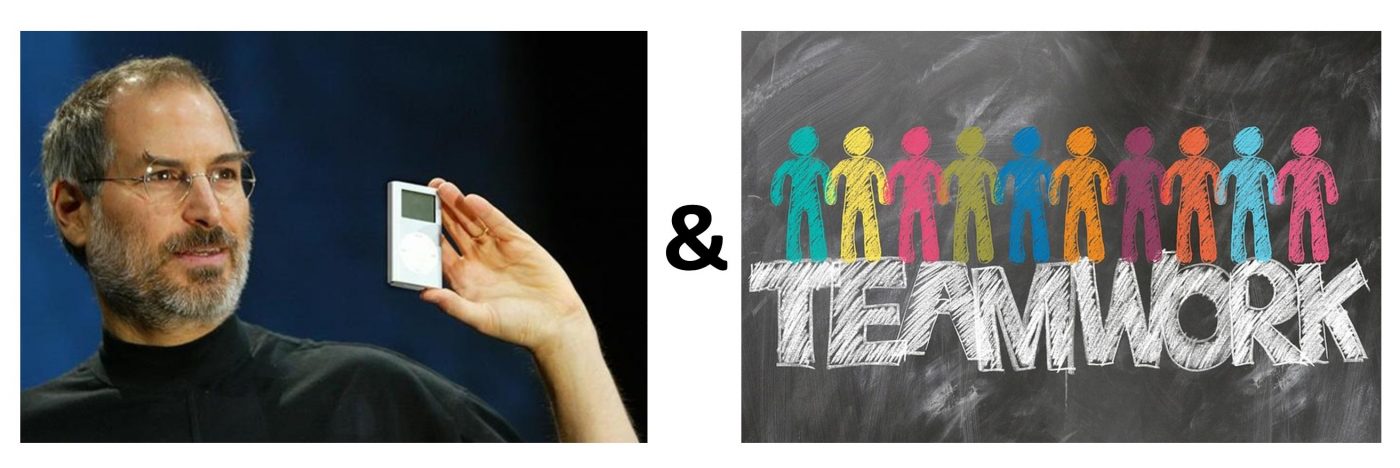AT#15: How to make decisions in uncertain Times

To deal with the challenges of the VUCA world, many companies experiment with shifting the idea of agility, as broadly used in software engineering practices in form of e.g. SCRUM to the whole organization. [J. Eckstein: ‘Company-wide Agility’, 2018] gives an overview of more than twenty different approaches for the agile organization. Browsing through these approaches, some of their proponents seem to propose that all decisions should be made decentralized by autonomous teams. Use the knowledge of the many and you will get the right solutions.
But that is far from true.
Grassroots democracy is not a model for companies. An organization pursues particular business goals dictated by shareholders, the autonomy of the employees is not its primary concern. Which application server software a company chooses to use is not a subject of general elections.
All approaches proposing the agile enterprise do not take one thing into account: architecture. Building solutions in a sound architectural form needs common elements and ‘conceptual integrity’. This means that the concepts and structures of the business (capabilities, value streams, products & services, business objects) and IT (technology components) must play together in a way that maximizes simplicity, consistency, agility and thus business value.
Especially in the VUCA world, you need reusable digital platforms. The same terminology. A coordinated way to compose the enterprise by its architectural elements to ensure the conceptual integrity within the business and IT. I agree with the agile manifesto that states that ‘the best architectures, requirements, and designs emerge from self-organizing Teams’. However, self-organizing teams are not enough to create the ‘best architectures’ it also needs an environment that fosters company-wide architectural thinking and centralized decisions as such important and quite often difficult decisions have to be made single mindedly. Or, how Brooks states:
‘It is generally assumed that collaboration is, in and of itself, a ‘good thing.` ‘Plays well with others’ is high praise from kindergarten onward. ‘All of us are smarter than any of us.’ ‘The more participation in design, the better.’ Now, these attractive propositions are far from self-evident. I will argue that they surely are not universally true. Most great works of the human mind have been made by one mind, or two working closely. This is true of most of the great engineering feats of the 19th and early 20th centuries. But now, team design has become the modern standard, for good reasons. The danger is the loss of conceptual integrity in the product, a very grave loss indeed. So the challenge is how to achieve conceptual integrity while doing team design, and at the same time to achieve the very real benefits of collaboration.’ [F. Brooks: ‘The Design of Designs’, 2010]
What you should do:
The Architectural Thinking Framework® defines the following:
- Integrate IT governance in other governance processes of the company
- Establish a ‘Digital Governance Board’ that consists of Top-level executives
- Establish boards for each top-level capability that consist of the corresponding business unit leads and managers of these business units
- Define ‘Architecture Owner’ roles that work within the autonomous solution teams AND draw the architecture maps needed for decisions by the boards. They are the bridge between autonomous- and centralized decisions
